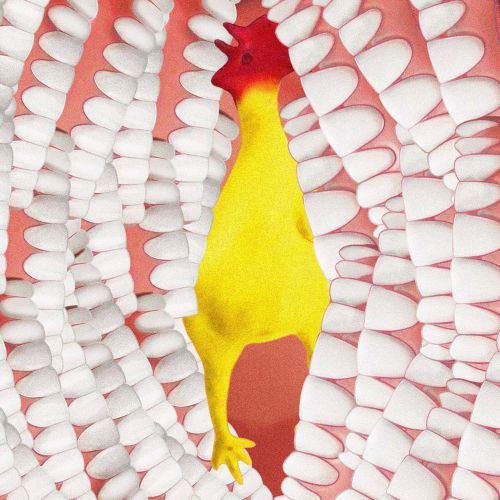Man – wildlife conflict: Kenya and Spain
The conflict between man and wildlife is growing in East Africa, and the losses suffered by local shepherds are increasing. As a result of attacks by hungry lions, Kenyan shepherds lose up to half of their goat herds. In retaliation, the Maasai people in this region kill the wild cats. According to environmentalists, the growing conflict results from many years of drought and increased predator populations in national parks. The Big Life Foundation operating in the area offers compensation to shepherds, but the money does not correspond to the market value of the lost animals. This situation causes frustration and anger among shepherds.
In Aragon, the contemplated construction of over 100 wind turbines over 150 m high each has halted the reintroduction program of the endangered bearded vulture. Over 200 pairs of these birds exist in Spain, France and Andorra. Conservationists are calling for a debate on the balance between wildlife conservation and the need for renewable energy. Statistics show that thousands of animals, including many endangered species, die in collisions with turbines.
The restoration of coral reefs in the Indonesian Spermonde archipelago exemplifies the transformation undertaken by former poachers turned conservationists. Under the leadership of scientists from Hasanuddin University and thanks to innovative methods of operation, they managed to restore 12 hectares of damaged coral reef. Now their efforts are focused on two neighbouring islands. It is another step in preserving 18% of the world’s coral reefs.

























